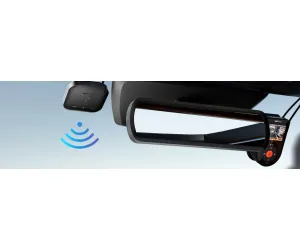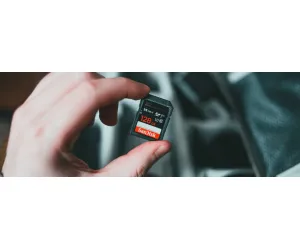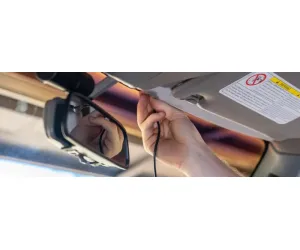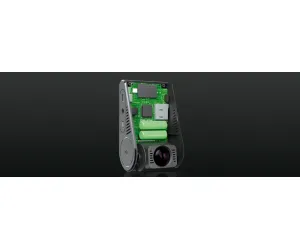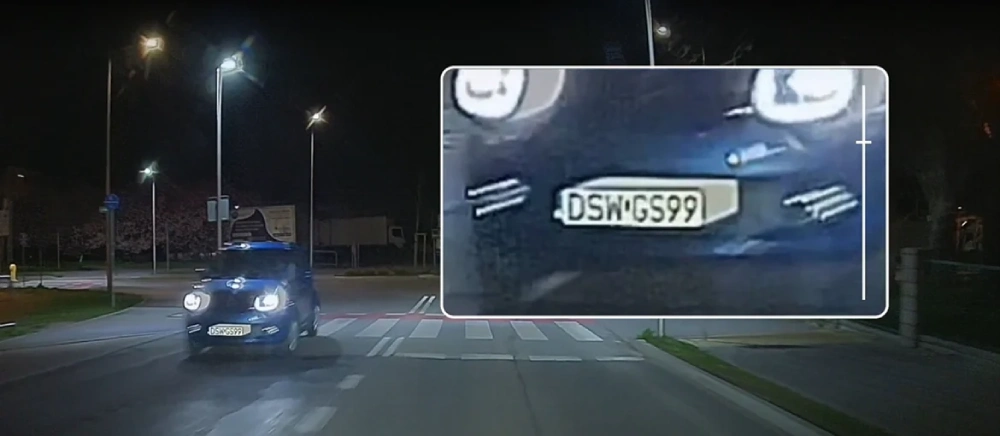
Capturing clear images of license plates is crucial, particularly during accidents where quickly identifying vehicles can be pivotal. To address this, the High Dynamic Range (HDR) feature in advanced dashcams like VIOFO dashcams and Vantrue Dashcams significantly enhances this capability. This article explains HDR technology, its role in freezing license plates, and its value in recording clear, detailed footage even under challenging lighting conditions.
What is HDR?
HDR, or High Dynamic Range imaging, refers to a technology that enhances the range of light intensities an image can display. By increasing the contrast between light and dark areas, HDR creates clearer, more detailed visuals, especially in scenes with challenging lighting conditions.
How Does HDR Work?
HDR improves image quality by combining multiple exposures to balance light and dark areas. Here's how it functions:
- Capturing Multiple Exposures: The camera quickly takes several images at varying exposure levels, such as normal, overexposed, and underexposed.
- Merging Exposures: These images are combined into a single frame, retaining details in both bright and dark areas of the scene.
How Does HDR Help Dashcams Capture License Plates Clearly?
HDR technology, particularly the DOL HDR (Digital Overlap High Dynamic Range) of the Sony STARVIS sensor, enhances dashcam performance by delivering clearer, more detailed footage in high-contrast lighting conditions.
- Improved Low-Light Performance
HDR combines multiple exposures to reveal details hidden in shadows during low-light conditions. For example, with HDR enabled, license plates become more legible even in dim environments. - Enhanced Detail in High-Contrast Situations
In scenes with bright highlights and deep shadows, such as a brightly lit license plate at night, HDR balances exposure to capture all details clearly. The Sony STARVIS sensor’s high sensitivity further improves image quality across varying lighting conditions. - Reduced Motion Blur
HDR reduces motion blur caused by moving vehicles by utilizing short, quick exposures. This ensures sharper details of both the license plates and the surrounding environment. - Noise Reduction
By combining multiple exposures, HDR minimizes noise in individual frames. The advanced noise reduction techniques of the STARVIS 2 sensor clean up images both before and after HDR processing, ensuring clearer visuals.
HDR-Equipped Dashcams
With the introduction of the STARVIS2 sensor featuring a new clear HDR capability, VIOFO continues to lead the market with advanced dashcam technology. Models such as the Viofo A329 and Viofo A229 Pro are designed to capture clearer license plate details and deliver superior image quality in various conditions.
Conclusion
HDR is a game-changing feature for dashcams, ensuring essential details like license plates are captured with clarity, even in tough lighting conditions. By balancing exposures, enhancing low-light performance, reducing motion blur, and minimizing noise, HDR provides reliable footage that is invaluable in situations like accidents. For drivers seeking optimal safety and recording accuracy, investing in a dashcam with HDR technology is a smart choice.
Frequently Asked Questions (FAQ) – How HDR Enhances License Plate Capture on Dash Cams
- What is HDR in Dash Cams, and How Does It Work?
HDR (High Dynamic Range) is an advanced imaging technology that enhances video quality by capturing multiple exposures and merging them into a single, well-balanced image. In dash cams, HDR improves contrast, reduces glare, and enhances visibility in both bright and dark areas, making it easier to capture license plates accurately. - Why is HDR Important for Capturing License Plates Clearly?
License plates can become unreadable due to overexposure (glare from headlights) or underexposure (dark surroundings). HDR optimizes brightness and contrast, ensuring license plate numbers remain visible in all lighting conditions, including night driving and harsh sunlight. - How Does HDR Improve Dash Cam Night Vision?
HDR helps dash cams record clearer nighttime footage by:
✔️ Reducing glare from headlights and streetlights
✔️ Brightening dark areas for better detail retention
✔️ Enhancing contrast for more readable license plates - Does HDR Work in Fog, Rain, or Snow?
Yes! HDR enhances visibility in adverse weather conditions by adjusting exposure levels and reducing image noise. This ensures that license plates remain readable even in foggy, rainy, or snowy conditions. - Can HDR Help Capture Moving Vehicles More Clearly?
HDR improves image quality, but motion blur reduction depends on the dash cam’s frame rate and shutter speed. However, HDR enhances clarity in high-speed scenarios by balancing exposure, making it easier to identify fast-moving vehicles. - Is HDR Better Than WDR (Wide Dynamic Range)?
Both HDR and WDR enhance image quality, but HDR captures multiple exposures, while WDR adjusts a single frame’s exposure dynamically. HDR typically provides better detail and clarity in extreme lighting conditions, making it more effective for reading license plates. - How Do I Check If My Dash Cam Supports HDR?
To confirm if your dash cam has HDR:- Check the product manual or manufacturer’s website
- Look for HDR settings in the dash cam menu
- Review sample footage to see if it handles glare and shadows effectively
- Does HDR Increase Dash Cam Video File Size?
Yes, since HDR processes multiple exposures, it generates higher-quality video files that may be slightly larger than non-HDR recordings. However, the increased clarity and readability of license plates make the extra storage worthwhile. - Can I Turn HDR Off If I Don’t Need It?
Most dash cams allow users to enable or disable HDR through settings. If you experience unwanted artifacts or prefer a different image style, you can adjust HDR settings accordingly. - Does HDR Consume More Dash Cam Battery or Power?
HDR processing requires slightly more power, but the impact on battery life or power consumption is minimal, especially for dash cams connected to a vehicle’s power source.
Why Choose an HDR-Enabled Dash Cam for License Plate Clarity?
If capturing clear license plates in all lighting and weather conditions is a priority, an HDR dash cam is the best choice. It enhances exposure balance, reduces glare, and improves night vision, making it ideal for security, accident evidence, and general driving safety. Discover our selection of Best Dash Cams.



